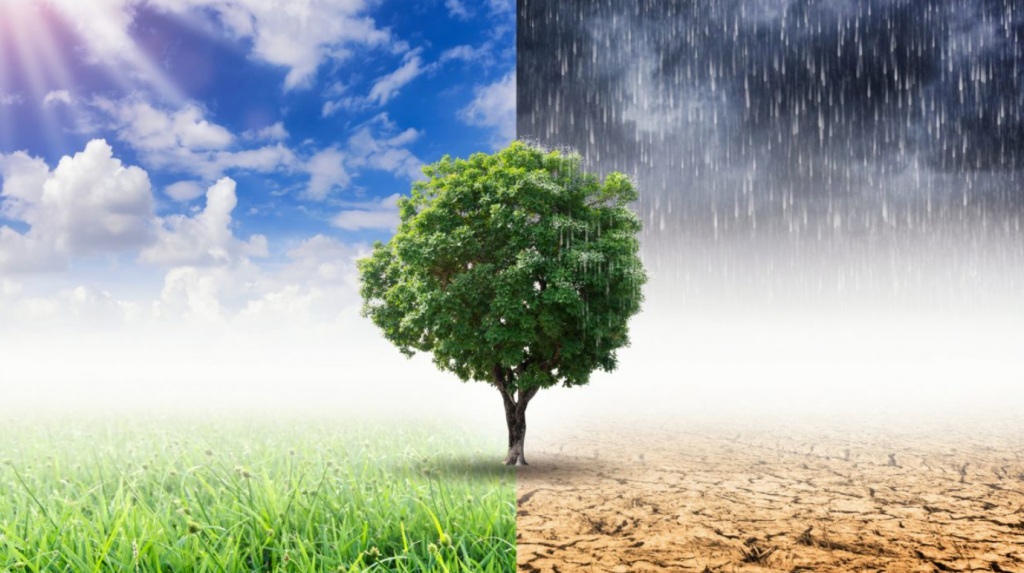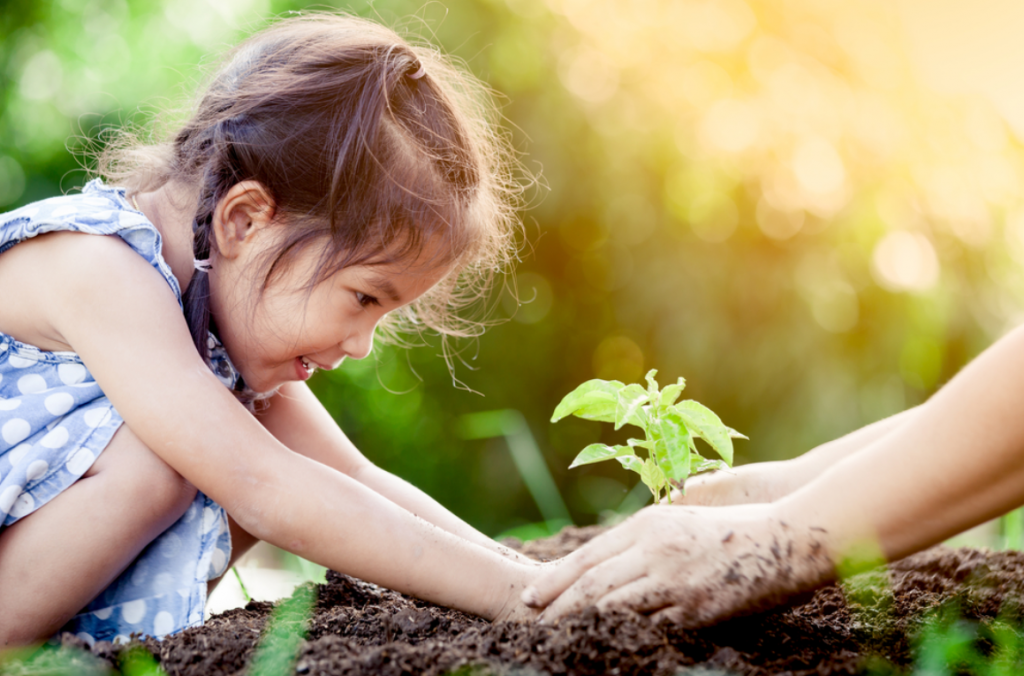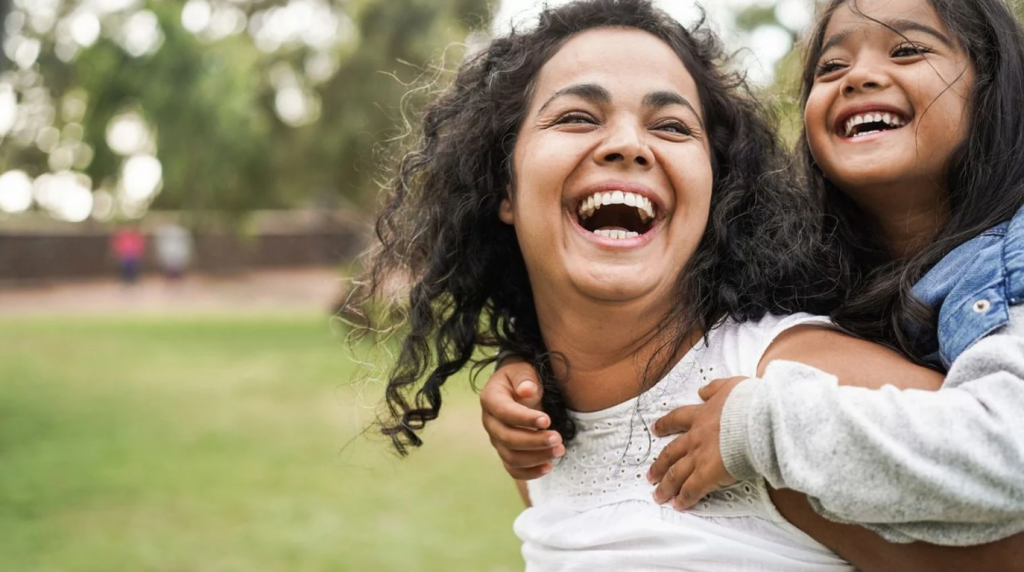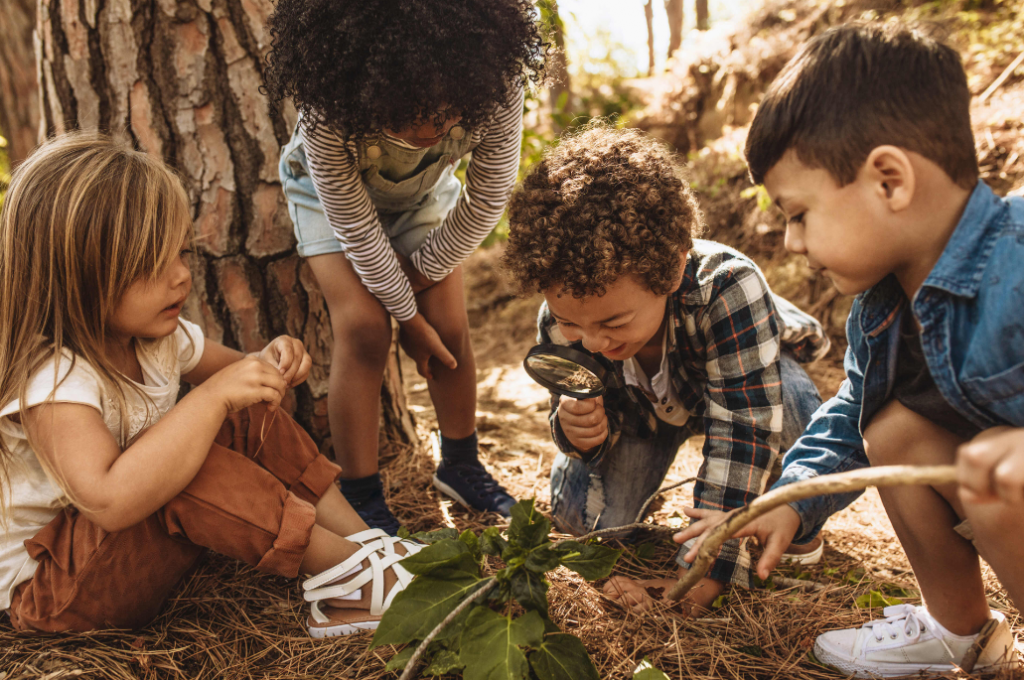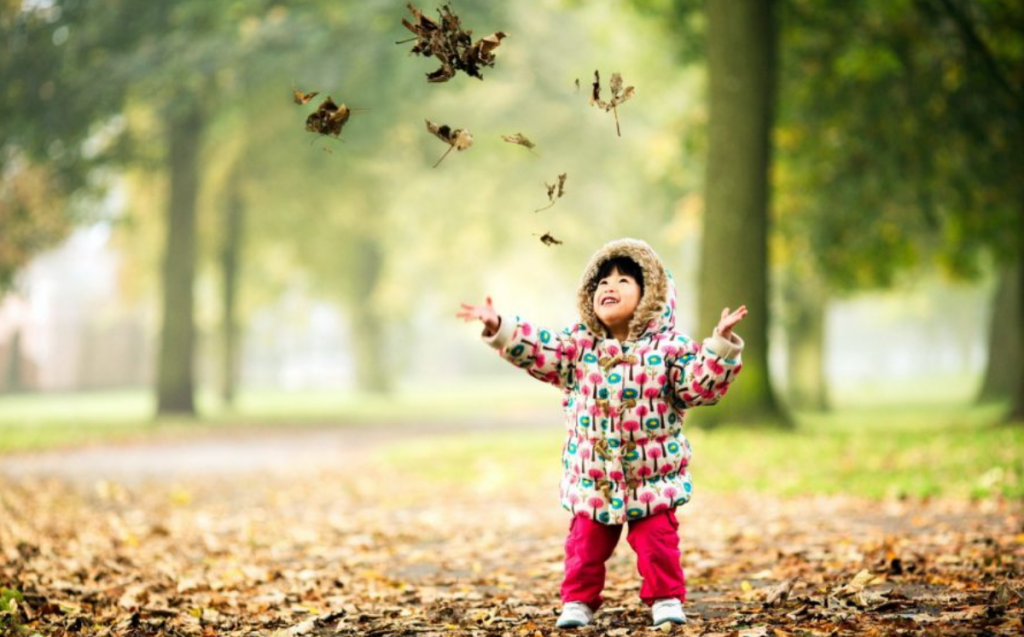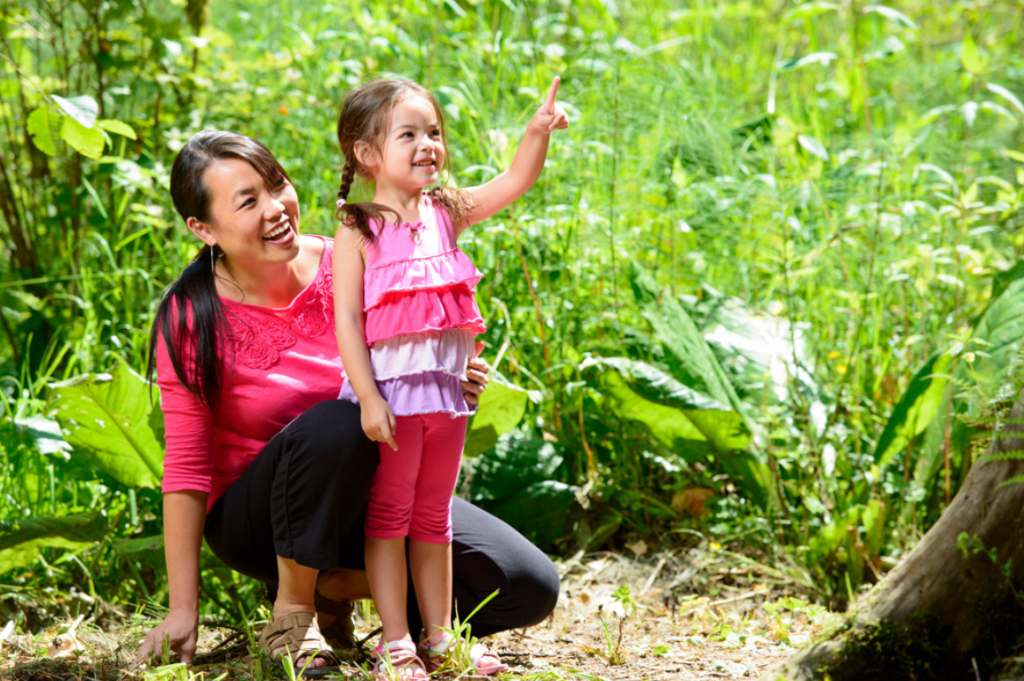Climate change used to seem like a problem for tomorrow, but a new report from the Intergovernmental Panel on Climate Change shows that we need to address it urgently. This can be overwhelming for both kids and parents. However, there’s good news! Your child can begin fighting climate change right in your own backyard through exciting and meaningful adventures.
Climate lessons are everywhere
According to a recent study, spending time with kids in nature can shape their attitudes and behaviors toward the environment. Even in urban areas, children can still experience nature beyond the wilderness. It’s about engaging their senses, feeling the sun, wind, and puddles, listening to birds, smelling the rain-soaked grass, and observing budding trees.
By immersing themselves in these experiences, children can develop curiosity, wonder, and appreciation. Instead of excessive screen time, it’s worth considering more outdoor activities. Here are six ways to teach your kids about climate change while fostering a connection with the environment.
Keep a climate journal
Climate change can be a complex topic for kids, but you can simplify it by explaining that climate refers to the long-term weather patterns in a specific area. The climate used to be more stable in the past, but recently, it has been changing in unprecedented ways. We now experience more frequent extreme weather events like storms and unusual temperatures.
Encourage your child to maintain a weather journal to help them understand the climate where they live. Kim Taylor suggests assisting your child in noting observations such as “This April is the warmest I can recall” or “I’ve never seen the river this high before.”
Get gardening
Engaging kids in plant care, whether it’s tending to a garden or potted flowering plants, can teach them valuable lessons. According to Taylor, growing and nurturing plants helps children grasp the concept that living things have requirements, and humans can contribute to meeting those needs. You can establish connections between climate change and plant needs, such as explaining how rising temperatures might increase the water requirements of a plant.
Play some games
Take your kids outdoors and play a few rounds of “I Spy” to help them associate words with the natural beauty surrounding them. Language plays a crucial role in helping children comprehend and engage with their environment. A nature scavenger hunt is another fun game you can initiate as a parent.
Provide your kids with a list of items to find, such as sticks, vibrant leaves, and rocks.
Build a tool kit
According to Taylor’s suggestion, gather an outdoor tool kit consisting of essential items like a magnifying glass, children’s binoculars, a shovel, and a clear container with a lid. These tools can assist kids in discovering and collecting natural specimens for closer examination. Also, books are an excellent educational resource for teaching kids about climate change.
Begin with “Living in a Warming World: A Book about Canadian Animals and Climate Change,” a free downloadable e-book provided by Let’s Talk Science.
Encourage free play
There are times when it’s best to simply send your kids out the back door or allow them to explore a nearby park for unstructured outdoor play. Allowing them to play freely, without unnecessary limitations, is crucial for fostering exploration. If your kids need inspiration on how to incorporate nature into their outdoor games, Taylor suggests starting with their existing interests.
For example, they could build a mini amusement park using natural materials or collect items from nature to examine under a microscope.
Walk and talk
Take walks with your kids, observe eco-friendly actions like biking or gardening, and have ongoing conversations about climate change without fear. Share positive news on technological advancements and cultural shifts. Encourage hands-on experiences with flowers, trees, and dirt.
As kids develop a love for the outdoors, their stewardship of the planet grows. With parental guidance, they can become hopeful adults who contribute to solutions.


